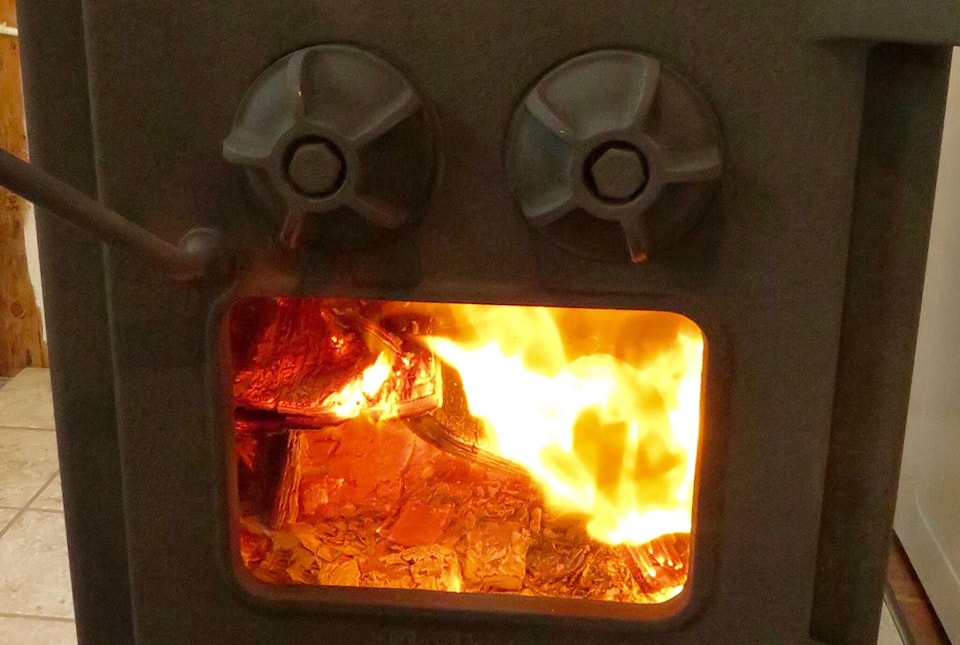It’s been colder for longer periods of time coming out of late fall and into winter and that means those who heat with wood have been steadily going through their stockpiles.
And with that in mind, Houston Volunteer Fire Department chief Jim Daigneault is asking people to remind themselves of safety tips and of the do’s and don’ts of wood burning practices.
— Do not burn ‘green’ wood. The best way to cure firewood is to split it and stack it crossways so that air circulates freely to dry it out. Wood should dry for a year before burning.
— Clean chimneys regularly. This is especially important if manually opening and closing dampers is common. Creosote can build up in chimneys where dampening is routine.
— No matter what source of heat, make sure you have a fire extinguisher and, importantly, that it is up to date. And regardless of the source of heat, kitchens should have their own fire extinguishers in case of a grease fire.
Daigneault is emphatic that people do not try to douse a grease fire with water, it’ll only cause it to flare up and be far more hazardous.
— No matter what source of heat, make sure there is a plan to exit a residence in case of an emergency and that everyone knows where the exit is. If a residence has two floors, a separate exit on that floor is needed. A rope ladder should be near that exit.
— Regardless of the source of heat make sure that if a rapid exit is required, there is a meeting point and that people know where it is.
Aside for tips and safety measures surrounding the use of wood as a heat source, Daigneault says everyone should have working smoke alarms.
“And don’t forget to change batteries regularly,” he adds.
Smoke alarms should be installed away from a kitchen, generally 10 feet from a stove or other cooking appliance. And they should be installed in every sleeping area of a residence.
The chief is also recommending that households also have CO detectors.
For those who burn natural gas or other fuels, Daigneault says furnace gas exhaust vents on the outside should be checked regularly.
“Don’t let snow and ice accumulate on them or around them so that gases cannot vent properly,” he said.
